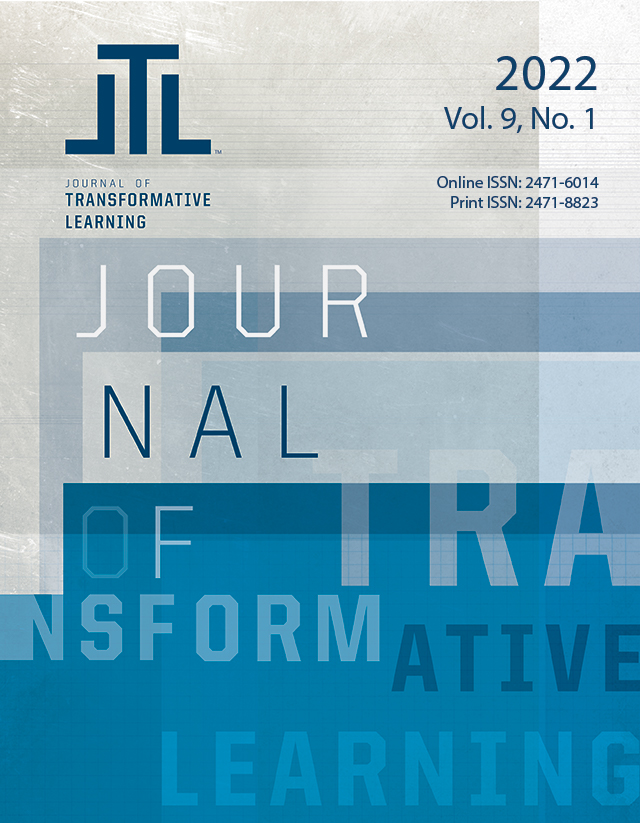Becoming an Autonomous Learner: Building the Skills of Self-Directed Learning
Abstract
The COVD-19 pandemic caused a shift in education at all levels. As school moved to online and virtual environments, educators across the globe had to assess had to cultivate a sense of autonomy in learners that worked from home. Schools are beginning to re-open for in-person learning, but the conversation about learner agency and autonomy is here to stay. In this article, attention is paid to the characteristics of a self-directed learner as articulated by Guglielmino’s (1978) Self-Directed Learning Readiness Scale (SDLRS) and the Learner Autonomy Profile (LAP) created by Confessore and Confessor (1994), Meyer (2001), Carr (1999), Derrick (2001), and Ponton (1999). The goal of this article is to advance the argument that self-directed learning (SDL) is a learning pathway open to all and that the skills of SDL are learnable and can be developed over time. To this end, this article is a survey in research over the past few decades, particularly of research around creating instrumentation to assess of a learner’s self-directedness. A deeper understanding of the characteristics of SDL will equip educators to better navigate the changing landscape of education — from other-directed school experiences to self-directed (potentially virtual and asynchronous) learning.
Downloads
Published
Issue
Section
License
Copyright (c) 2022 Caleb Collier

This work is licensed under a Creative Commons Attribution-ShareAlike 4.0 International License.
All published works remain the copyright of the author, and are published under the Creative Commons Attribution-ShareAlike 4.0 License. Authors who publish with this journal agree to the following terms:
- Authors retain copyright and grant the journal right of first publication with the work simultaneously licensed under a Creative Commons Attributions-ShareAlike 4.0 License that allows others to share the work with an acknowledgement of the work's authorship and initial publication in this journal.
- Authors are able to enter into separate, additional contractual arrangements for the non-exclusive distribution of the journal's published version of the work (e.g., post it to an institutional repository or publish it in a book), with an acknowledgement of its initial publication in this journal.
- Authors are permitted and encouraged to post their work online (e.g., in institutional repositories or on their website) following the journal's published version of the work, as it can lead to productive exchanges and greater citation of published work.

